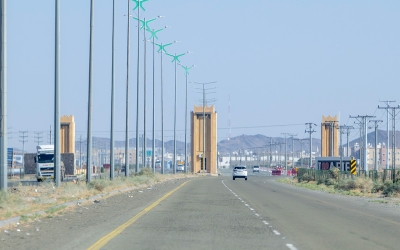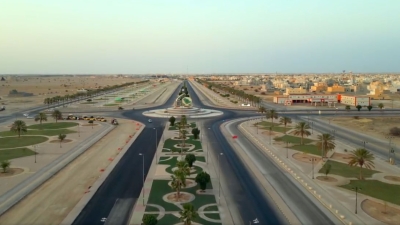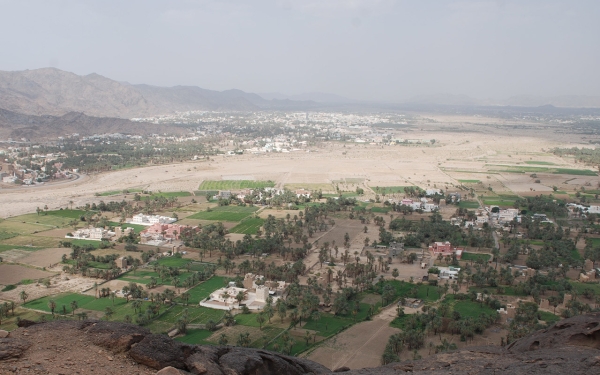
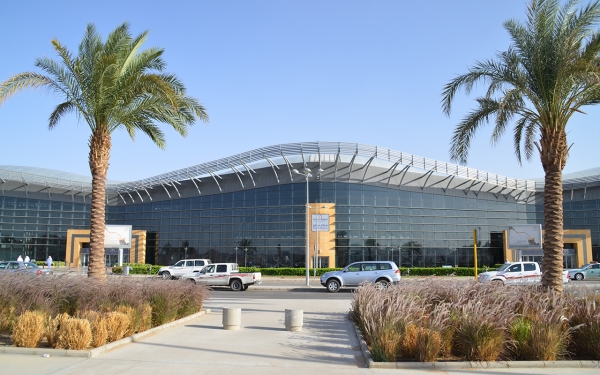
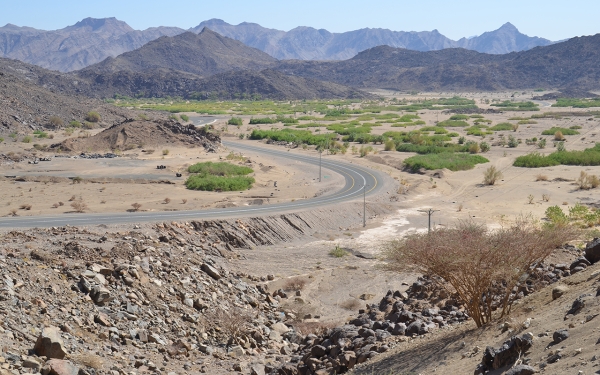
Najran Province (romanized: Minṭaqat Najrān), one of the thirteen administrative regions comprising the Kingdom of Saudi Arabia, is located southwest of the Kingdom. It is bordered from the north and northeast by the Eastern Province, from the north by Riyadh Province, from the west by Aseer Province, and from the south by the Republic of Yemen.
Emirate of Najran Province
The Emirate of Najran Province was established after the unification of the Kingdom and operates from its headquarters in the city of Najran, located on King Abdulaziz Road. The emirate takes its logo from the visual identity of the Ministry of Interior. Each emirate has a governor appointed by Royal Decree at the rank of minister. On November 12, 2014, a Decree was issued appointing Prince Jalawi Bin Abdulaziz Bin Musaed Bin Jalawi as governor of Najran Province.
On April 22, 2017, a Royal Decree was issued appointing Prince Turki Bin Hathloul Bin Abdulaziz as the deputy governor of Najran Province with excellent rank.
Administrative organization of Najran Province
Six governorates fall within the geographical and organizational scope of Najran Province, in addition to the capital city and seat of the emirate, Najran. Category A governorates of Najran include Sharorah governorate, alongside five category B governorates, namely: Habuna, Badr al-Janub, Yadmah, Thar, and Khubash. Together, these governorates contain around sixty-five administrative centers.
Population of Najran Province
Najran Province ranks eleventh in the Kingdom's provinces in terms of population, with a local population of about 592,300, according to the 2022 Saudi Census, equivalent to 1.8 percent of the Kingdom's total population. The province’s population density is approximately four people per km of its territory, and it stretches across an area of about 130,000 km, representing 6.6 percent of the Kingdom's total area.
Economy of Najran Province
Najran Province's economy is based on three main pillars: commerce, mining, and industry. In the northwest of the administrative capital, Najran, lies al-Masane al-Kobra Mining Plant in Thar Governorate. It contains reserves of more than 8.2 million t of copper and zinc ore and four million t of gold ore in the Gyan Gold Mine. In addition, Najran Industrial City in Habuna governorate, which has twenty-seven production factories, musters an estimated SAR2.75 billion in aggregate investment. Commerce leads all other sectors in Najran, contributing 24.4 percent of the province's GDP.
Although the ar-Rub' al-Khali (Empty Quarter) Desert intertwines with Najran’s central and eastern parts, the province is a fertile agricultural area and an important source of citrus crops in the Kingdom. An estimated 40 percent of its territory is allocated for agricultural use, and Wadi Najran, one of the largest valleys in the Kingdom, passes through the province with a length of 150 km, dividing the administrative capital into two sections: northern and southern. Natural reserves cover 9.23 percent of the province’s territory, and the maximum altitude in the province is 2,224 m above sea level, east of Badr al-Janub governorate.
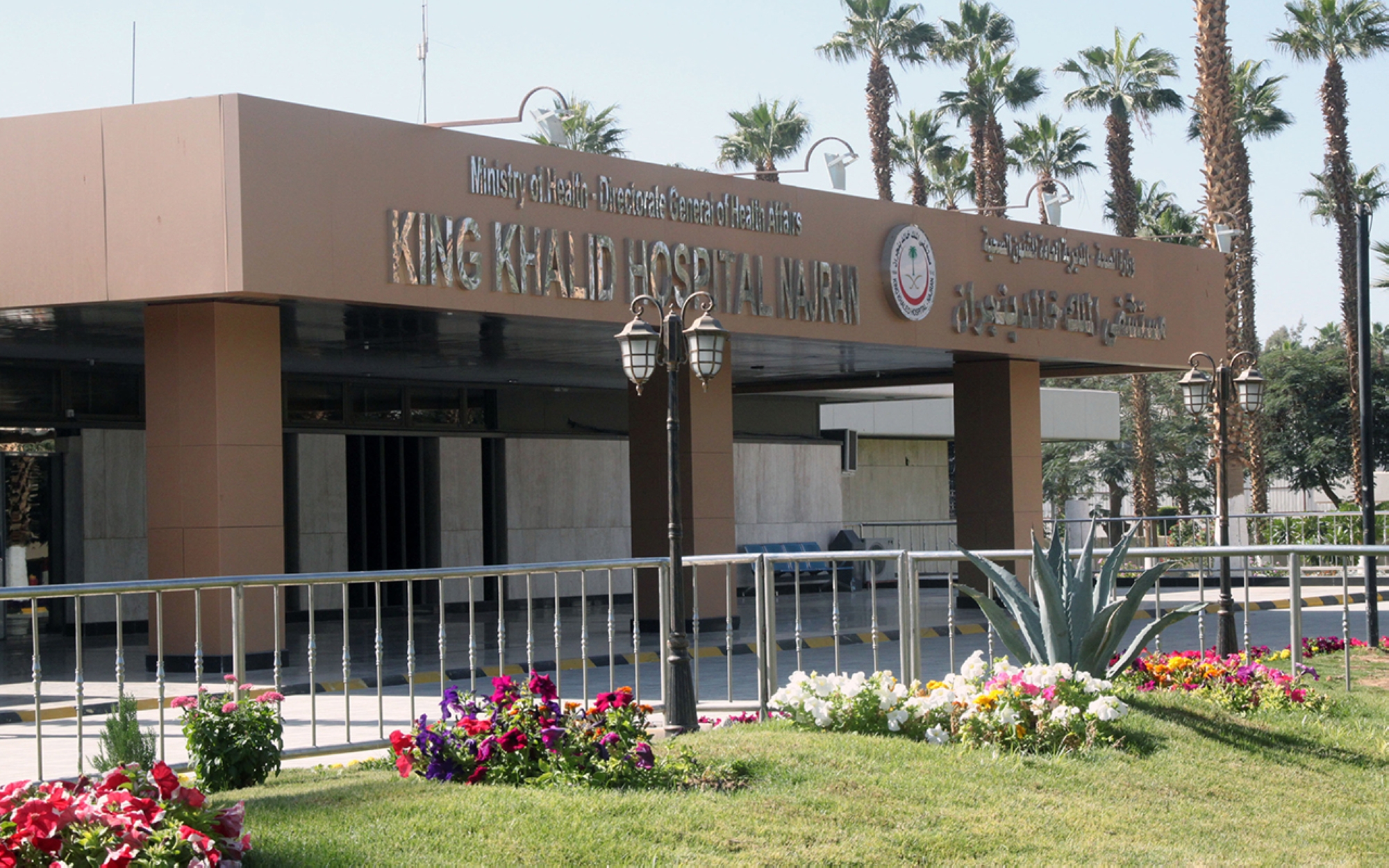
History of Najran Province
Najran is one of the oldest areas of human settlement in the Arabian Peninsula, whose lands were home to many ancient peoples who had inhabited the region for thousands of years. This is evidenced by the stone inscriptions at Hima, a UNESCO World Heritage Site, which include a wide range of inscriptions depicting animal hunting and the lifestyles of a culture spanning nearly seven thousand years without interruption. Al-Okhdood archaeological site, which dates from the first millennium BCE to the end of the fourth century CE, retains its historical identity and includes castles, stone buildings, and archaeological inscriptions that tell the story of the owners of the People of the Ditch mentioned in the Holy Quran. In the olden days, Najran was the main transit station for all trade routes linking the south of the Arabian Peninsula to the Levant and on the road taken by caravans of spice and incense merchants.
The urban identity of Najran Province reflects episodes of a long history, with thirty-four historical villages, palaces, and ancient castles, most notably the historic Amarah Palace, which dates back to 1944, along with heritage buildings known as mud trails and watchtowers built from mud.
On May 24, 2022, Najran Province celebrated, under the auspices of the Heritage Commission, the addition of the Hima Cultural Area in Najran Province to the UNESCO World Heritage List.
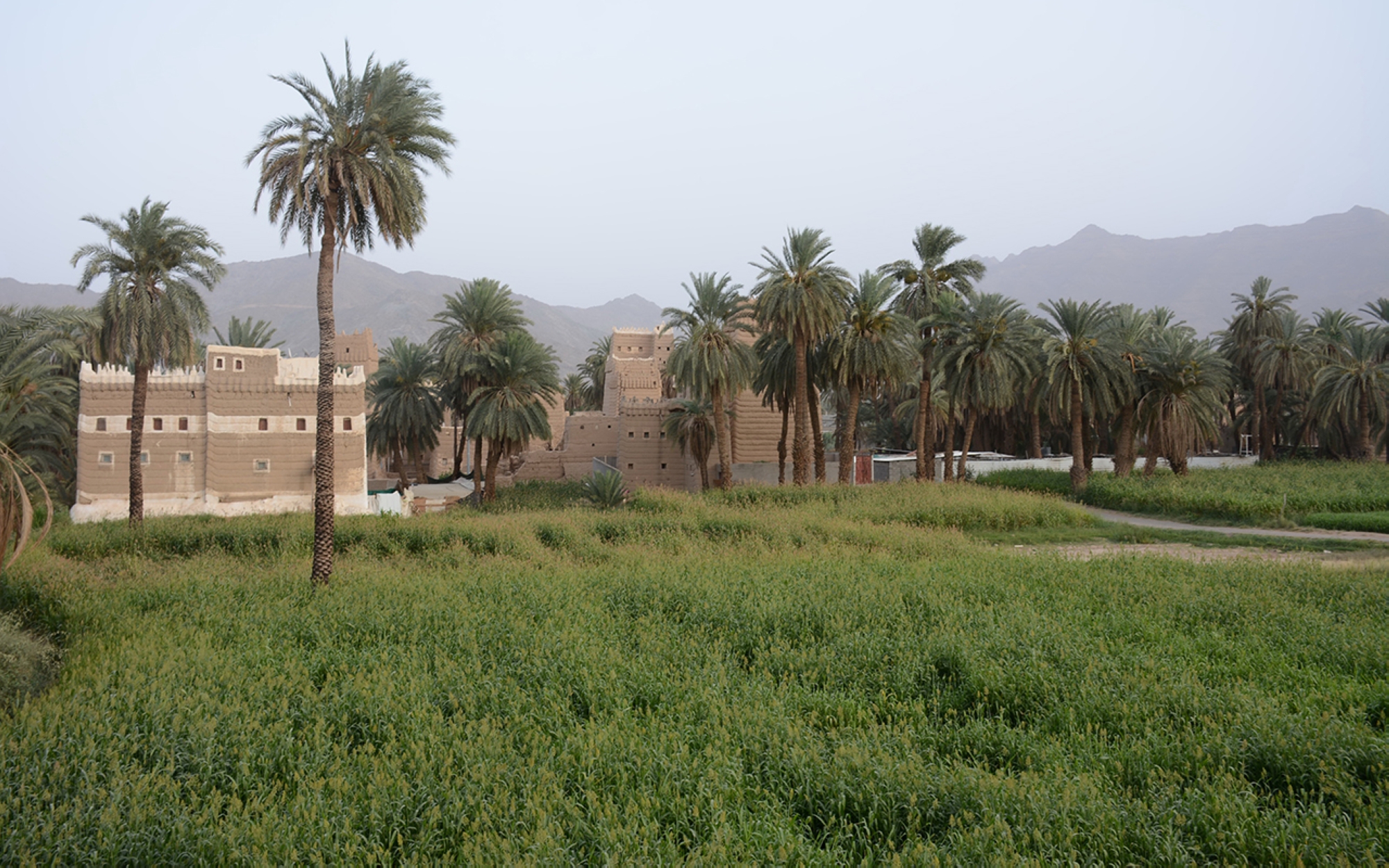
Transport in Najran Province
The province includes Najran Regional Airport in the administrative capital Najran, located between fifty-four km and 326 km away from all governorates, with a capacity of 1.4 million passengers. In 2022, there were a total of 5,858 domestic flights, accommodating 726,181 passengers.
Craft industries in Najran Province
Najran Province is represented by the historic Aba Saud neighborhood, the largest market for handicrafts in the Kingdom. The neighborhood has nine markets specializing in craft industries, including Mayzab, Mishrab, Khous al-Nakheel, Mihrak, pottery, soapstone, weaving, and knitting, as well as the largest local market for selling the iconic daggers of Najran, locally dubbed al-Janbiyyah.
Education in Najran Province
Najran Province has one public university, located east of the administrative capital Najran, bearing its name, and its branches are spread across the province's governorates.
Climate in Najran Province
The climate in Najran Province varies depending on the terrain. It is generally hot in summer and cold in winter, with rainfall in the highlands. Temperatures during the year range from fourteen to thirty-seven degrees Celsius, affected by northeastern winds during winter and summer and by eastern and southeastern winds during spring.
Related quizzes
Related articles

